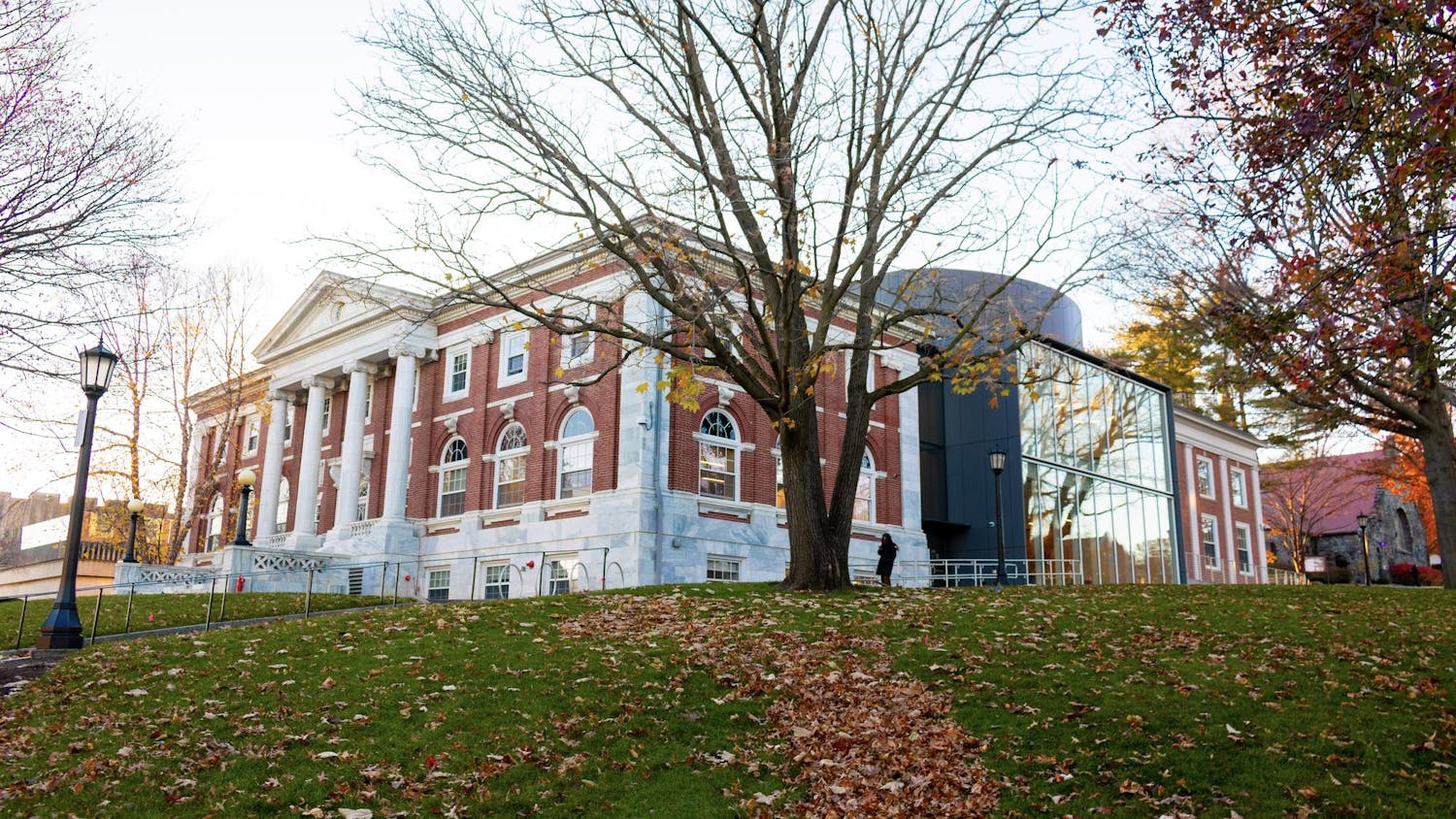Undoubtedly, the American college experience is unique compared to other countries. Besides crippling student loan debt, frat parties and wearing shower shoes, perhaps the most distinctive element of attending college in America is the country’s unwavering love for collegiate sports. Between the 9.86 million viewers of March Madness and the $7.67 billion of revenue collegiate sports merchandise brings in, it’s clear that America cherishes college athletics. But hidden by our jerseys and bustling stadiums is a ugly problem: From admissions to finances, athletics has made college an unfair game.
For most students, gaining acceptance into a top university has become an increasingly difficult task. Acceptance rates are plummeting at most institutions. For students from underrepresented backgrounds, the post-affirmative action world of college admissions has become even more precarious.
In comparison, student-athletes’ admissions outlooks remain rosy. One study found that at 19 elite colleges, recruited athletes have a 30% higher chance at admittance than their non-athlete peers. At NESCAC schools, the percentage is even higher, with a 50% increased likelihood of receiving an acceptance letter. The effect of this can be all too tangible in many smaller colleges, such as Williams and Amherst, where about one-third of each incoming class is student athletes. At Tufts, this number is about 13%, or one in eight.
On average, student athletes score 100 points lower on the SAT than non-recruited students admitted to the same institution. This underperformance continues into college: At Ivy League institutions 81% of student athletes graduated at the bottom one-third of their class. Meanwhile, a study conducted on athlete admission to Harvard concluded that “being a recruited athlete essentially guarantees admission even for the least-qualified applicants.” It’s understandable that many athletes’ grades would suffer when considering the immense workload that a commitment to athletics requires, but this doesn’t change the fact that they are receiving academic priority for athletic qualifications. This means that numerous academically qualified students are being denied admission to make space for others who largely haven’t made education their first priority.
Athletics have distorted the goal of college entirely. With the passing of NCAA v. Alston, which enabled college athletes to receive compensation, attending college to receive a degree has become obscured by monetary goals. Athletes now increasingly transfer to different universities based on states’ rules around athletic financing, thereby losing sight of the academic aspect of college.
Of course, some may see athletic scholarships as a way to help disadvantaged students receive a higher education; but more often than not, the opposite is true. With certain schools investing up to $142 million in their programs, less money is being put toward providing students with better financial aid packages. In fact, one-third of money earned from college sports is put into funding coaches and training staff, explaining why 80% of the highest paid public officials are college head coaches. Although 13% of that revenue does go into funding athletic scholarships, whether recruited athletes actually need scholarship money is debatable. With the exception of football, basketball and track and field athletes, recruited athletes are predominately from wealthy, white backgrounds.
The financial issues don’t stop there. Contrary to popular belief, while a handful of the most popular, well known college sports programs do turn a profit, 98.6% operated at a loss in 2021–22, which means that the colleges have to step in to help pay for them. This money is drawn from the tuition and fees of all students, including the overwhelming majority who have no possibility of participating in these athletic programs. The numbers of these losses can be staggering, with some colleges losing between $20–40 million on their sports programs every year. As for Tufts, nailing down specifics is difficult, as our athletics department doesn’t publicly release its financials, and the one national database that includes this information is very flawed due to a hesitancy to report losses. For this reason, according to the Department of Education, Tufts athletics broke perfectly even last year, though it is likely that the program is actually operating at a deficit.
It’s time for colleges to reevaluate the preferential treatment student athletes receive and look to level the playing field. This isn’t to say that college athletes don’t deserve praise for the immense amount of talent, time and effort they put into their craft, but the current system ultimately is detrimental to not just students, but the mission of higher education. Colleges need to find a balance between producing the next generation of professional athletes and the next generation of educated citizens. This doesn’t mean athletic budgets need to be gutted or student athletes should have to jump through hoops to be accepted into their dream school. Rather, student athletes should be treated as who they are: students. Athletics should be just one aspect of a student’s application or college experience, just like any other extracurricular. Colleges need to get back on track and keep academics at the forefront of their mission.






